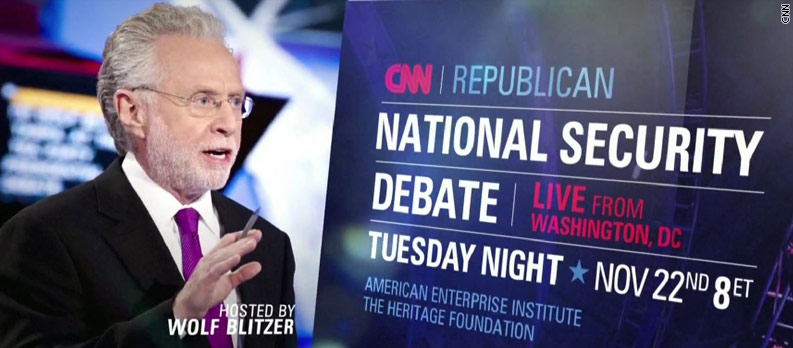Alan Blinder has a distinguished resume. He’s a professor at Princeton and he served as Vice Chairman of the Federal Reserve.
 So I was interested to see he authored an attack on the flat tax – and I was happy after I read his column. Why? Well, because his arguments are rather weak. So anemic that it makes me think there’s actually a chance to get rid of America’s corrupt internal revenue code.
So I was interested to see he authored an attack on the flat tax – and I was happy after I read his column. Why? Well, because his arguments are rather weak. So anemic that it makes me think there’s actually a chance to get rid of America’s corrupt internal revenue code.
There are two glaring flaws in his argument. First, he demonstrates a complete lack of familiarity with the flat tax and seemingly assumes that tax reform simply means imposing one rate on the current system.
Here’s some of what he wrote in a Wall Street Journal column.
Many useful steps could be taken to simplify the personal income tax. But, contrary to much misleading rhetoric, flattening the rate structure isn’t one of them. The truth is that 100% of the complexity inheres in the definition of taxable income, which takes up millions of words in the tax laws. None inheres in the progressive rate structure. If you don’t believe that, consider the fact that the corporate income tax is virtually flat once a corporation passes a paltry $75,000 in taxable income. Is it simple? Back to the personal tax. Figuring out your taxable income can be quite an effort. But once that is done, most taxpayers just look up their tax bill on an IRS-provided table. Those with incomes above $100,000 must perform a simple calculation that involves multiplying two numbers together and adding a third. A flat tax with an exemption would require precisely the same sort of calculation. The net reduction in complexity? Zero.
I can understand how an average person might think the flat tax is nothing more than applying a single tax rate to the current system, but any public finance economist must know that the plan devised by Professors Hall and Rabushka completely rips up the current tax system and implements a new system based on one tax rate with no double taxation and no loopholes.
Heck, the Hall/Rabushka book is online and free of charge. But Blinder obviously could not be bothered to understand the proposal before launching his attack.
What about his second mistake? This one’s a doozy. He actually assumes that taxable income is fixed, which is a remarkable error for anyone who supposedly understands economics.
…flattening the rate structure won’t make the tax code any simpler. It would, however, make the tax system far less progressive. Do the math. …Someone with $20 million in taxable income pays nearly $7 million in taxes under the current rate structure, with its 35% top rate. Replace that with a 23% flat tax, and the bill drops to just under $4.6 million.
In other words, he assumes that people won’t change their behavior even though incentives to engage in productive behavior are significantly altered.
In a previous post, I showed how rich people dramatically increased the amount of income they were willing to earn and report after Reagan lowered the top tax rate from 70 percent to 28 percent.
To Blinder, this real-world evidence doesn’t matter – even though the rich paid much more tax to the IRS after Reagan slashed tax rates.
For more information, here’s my flat tax video.
[youtube nhUOpNve1bY]
And here’s the video on the global flat tax revolution. Interestingly, there are now about five more flat tax jurisdictions since this video was made – though Iceland abandoned its flat tax, so there are some steps in the wrong direction.
[youtube qBAr0MzRFU0]
Makes you wonder. If the flat tax is such a bad idea, why are so many nations doing so well using this simple and fair approach?
But be careful, as this cartoon demonstrates, simplicity can mean bad things if the wrong people are in charge.
COMMENTS
Please let us know if you're having issues with commenting.